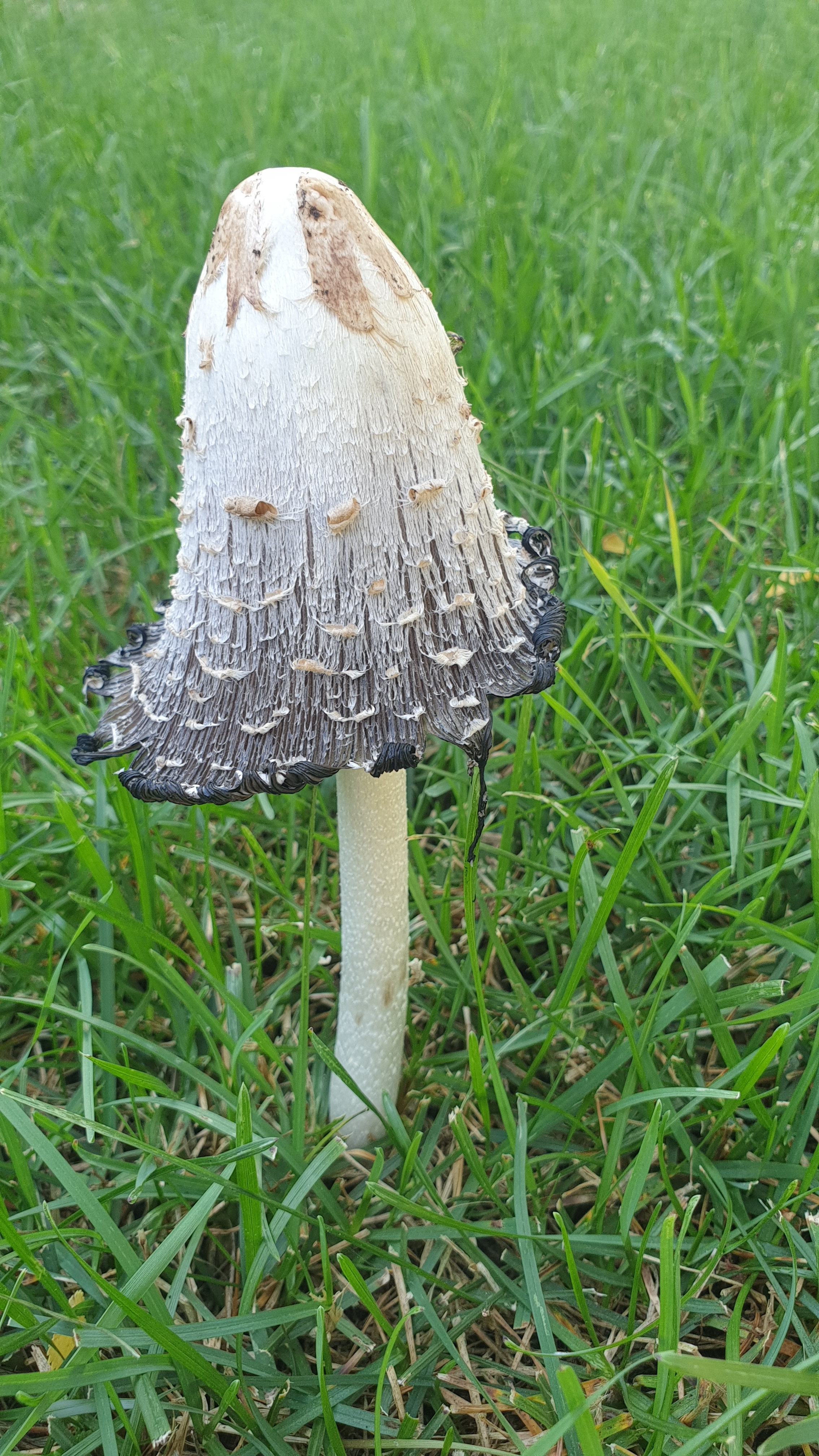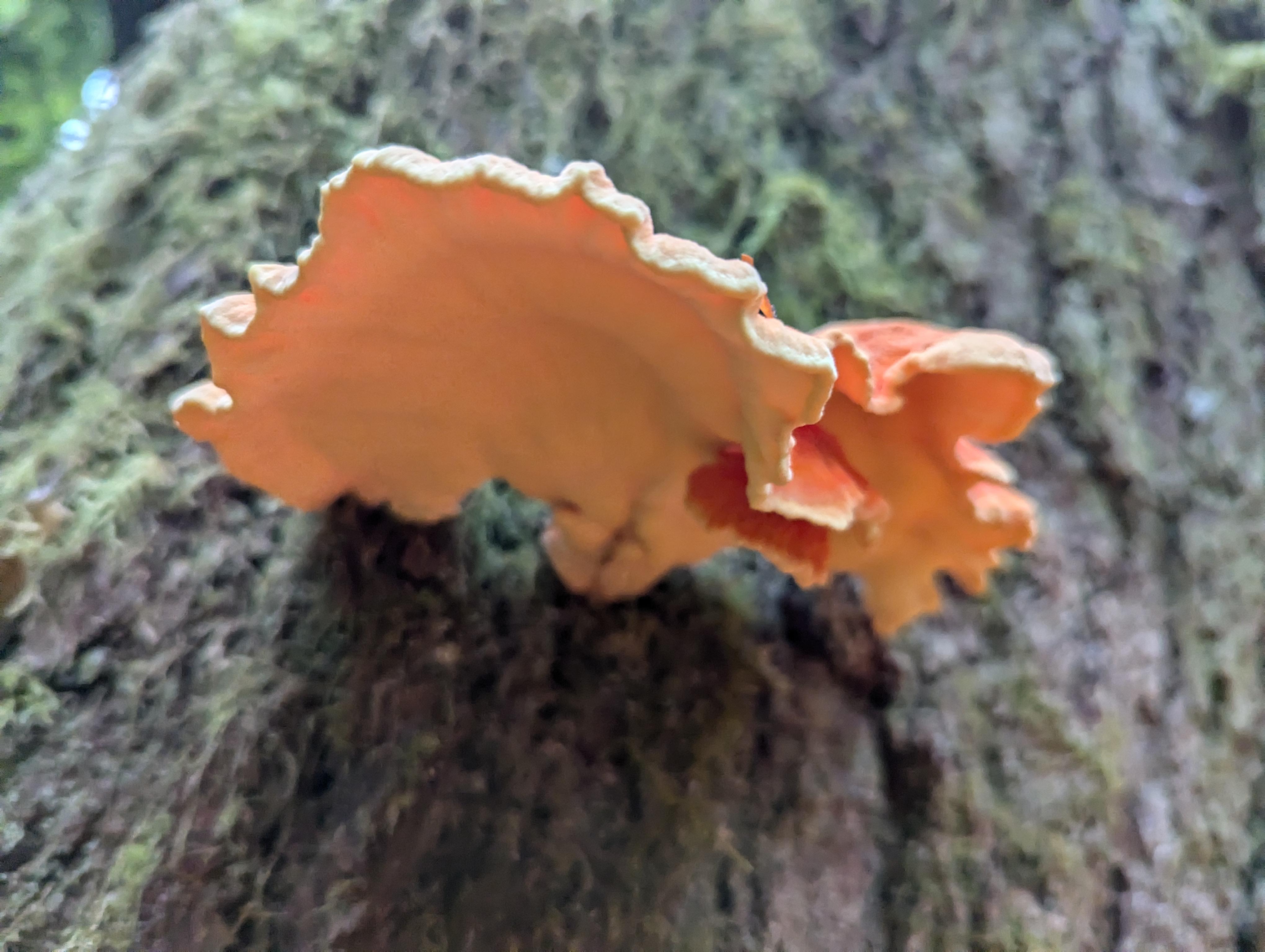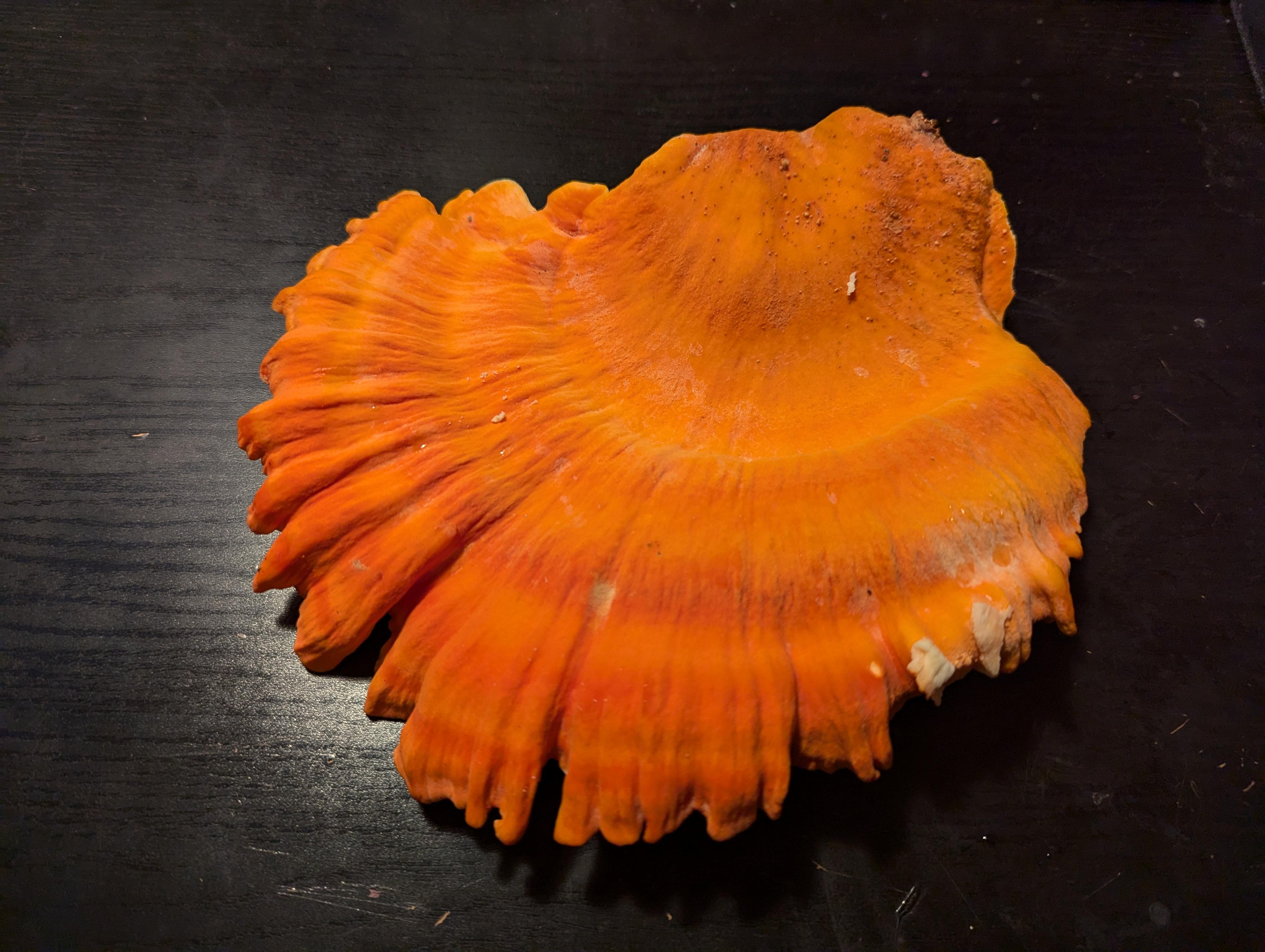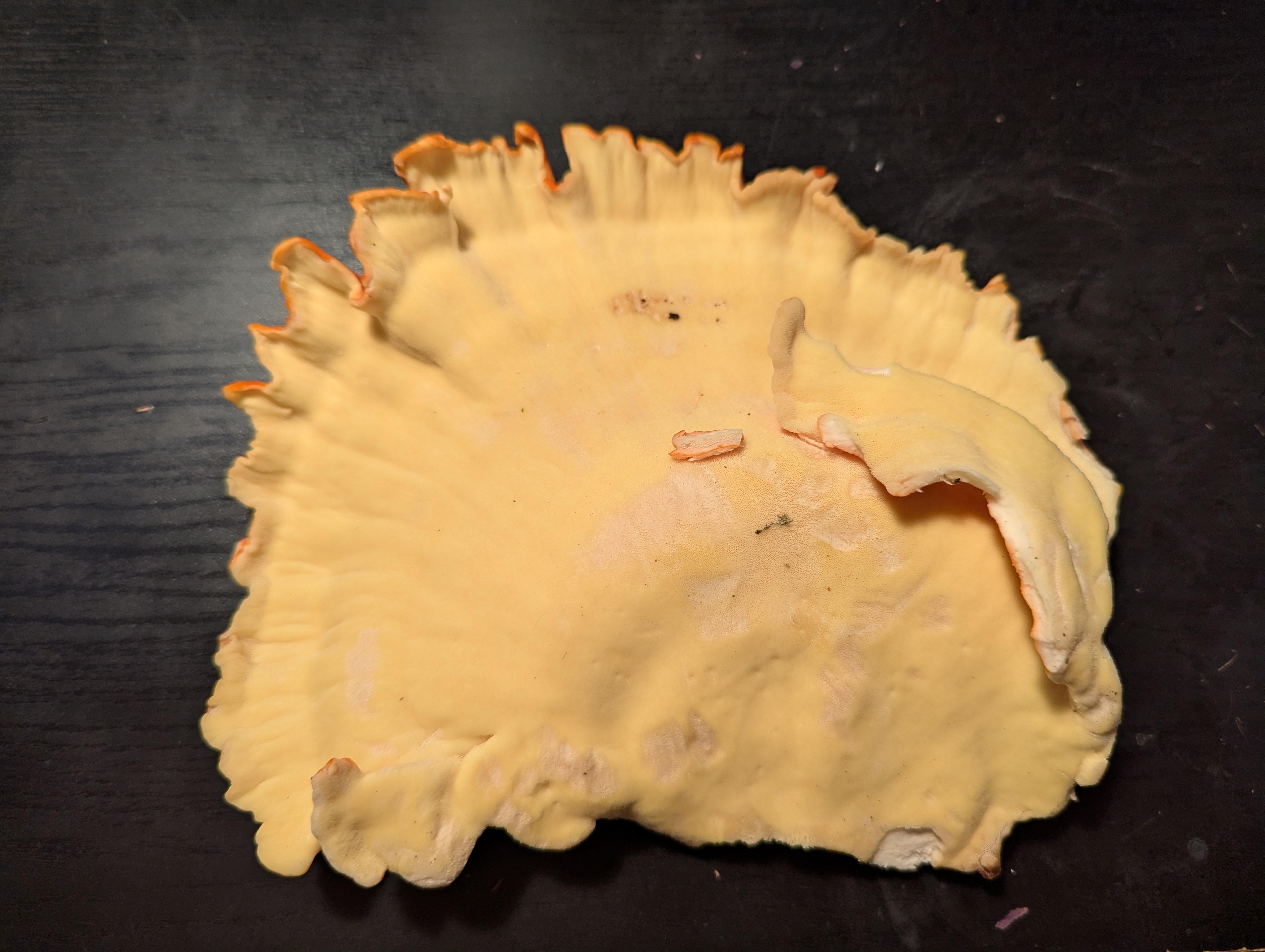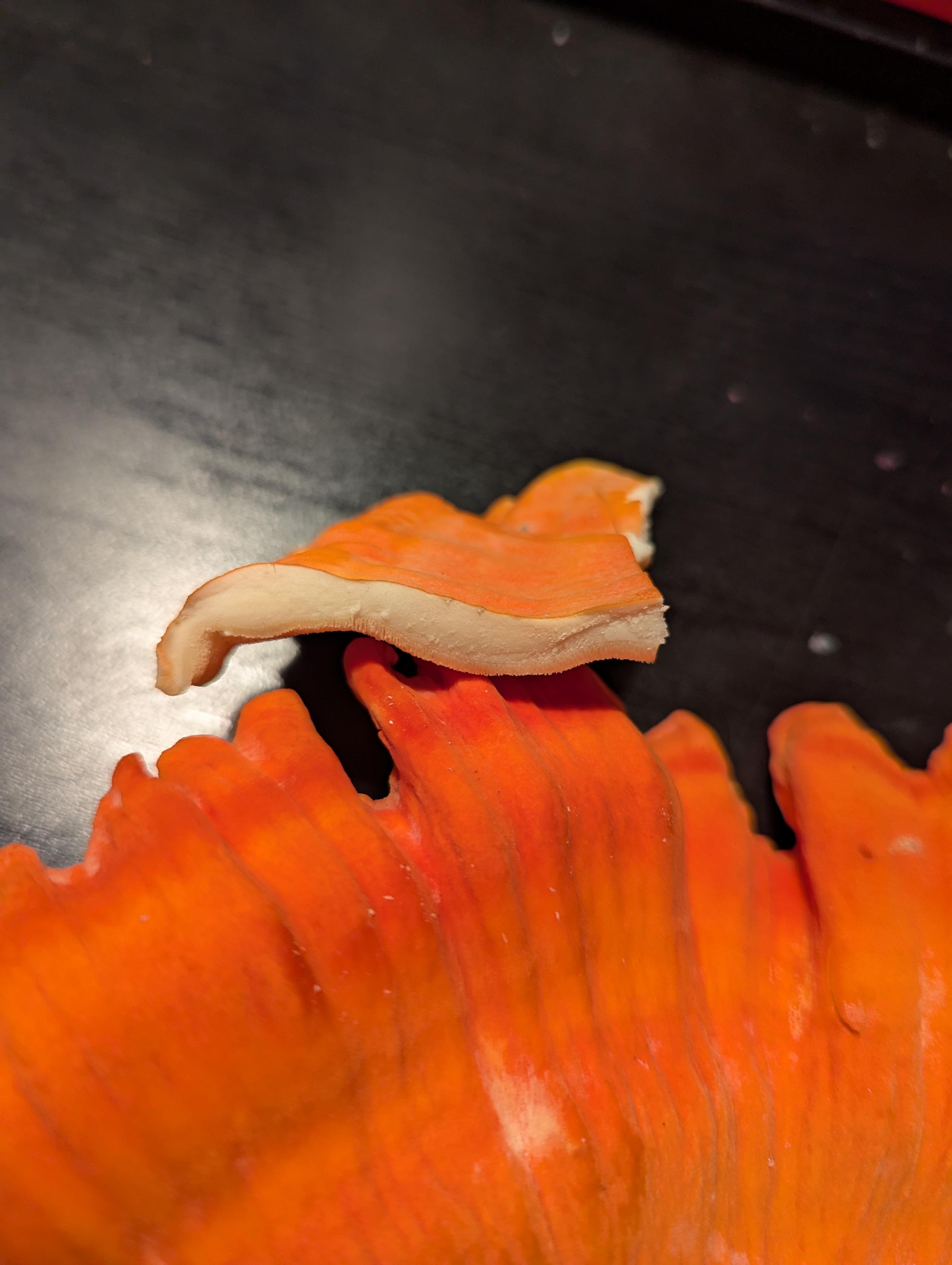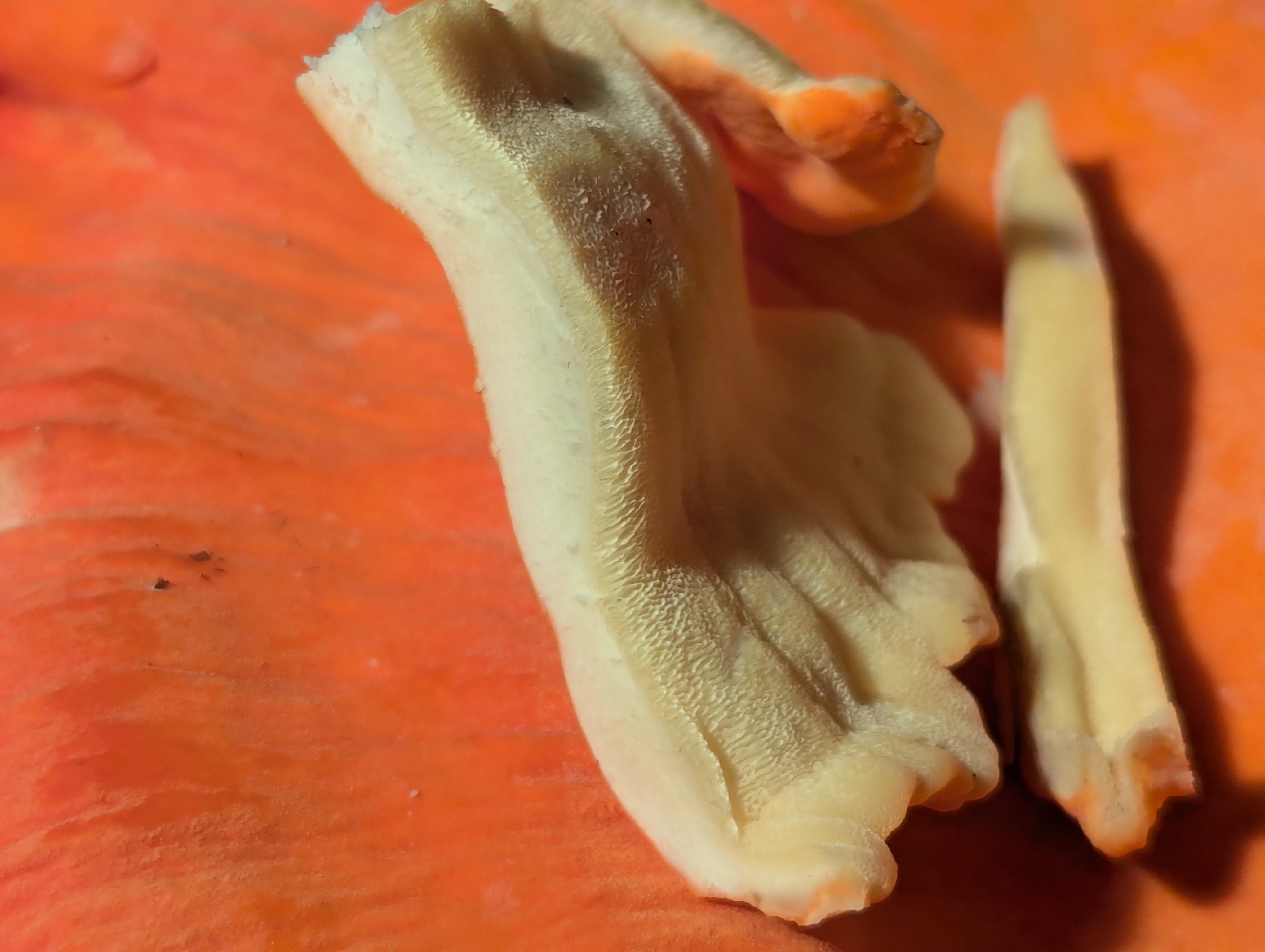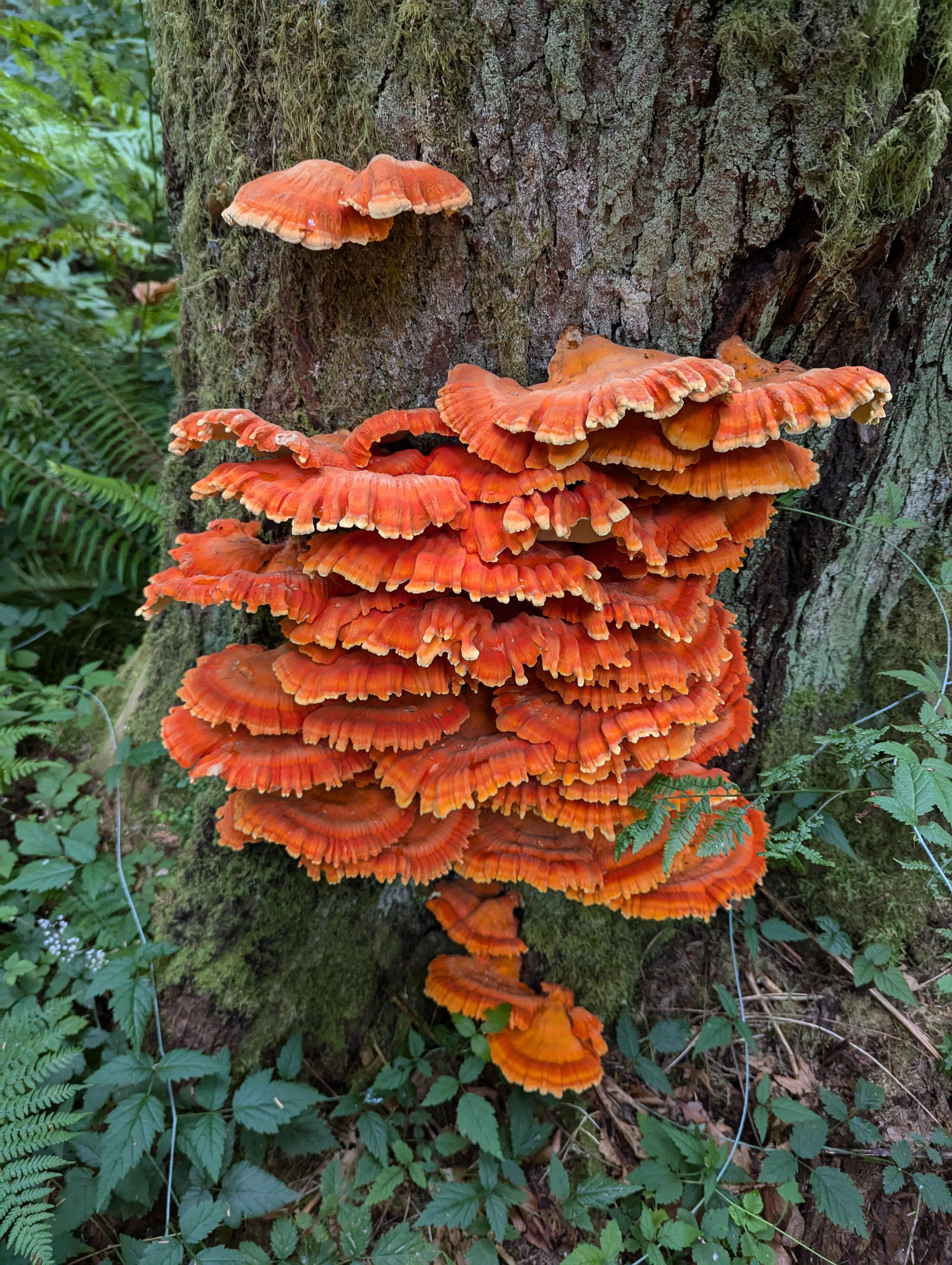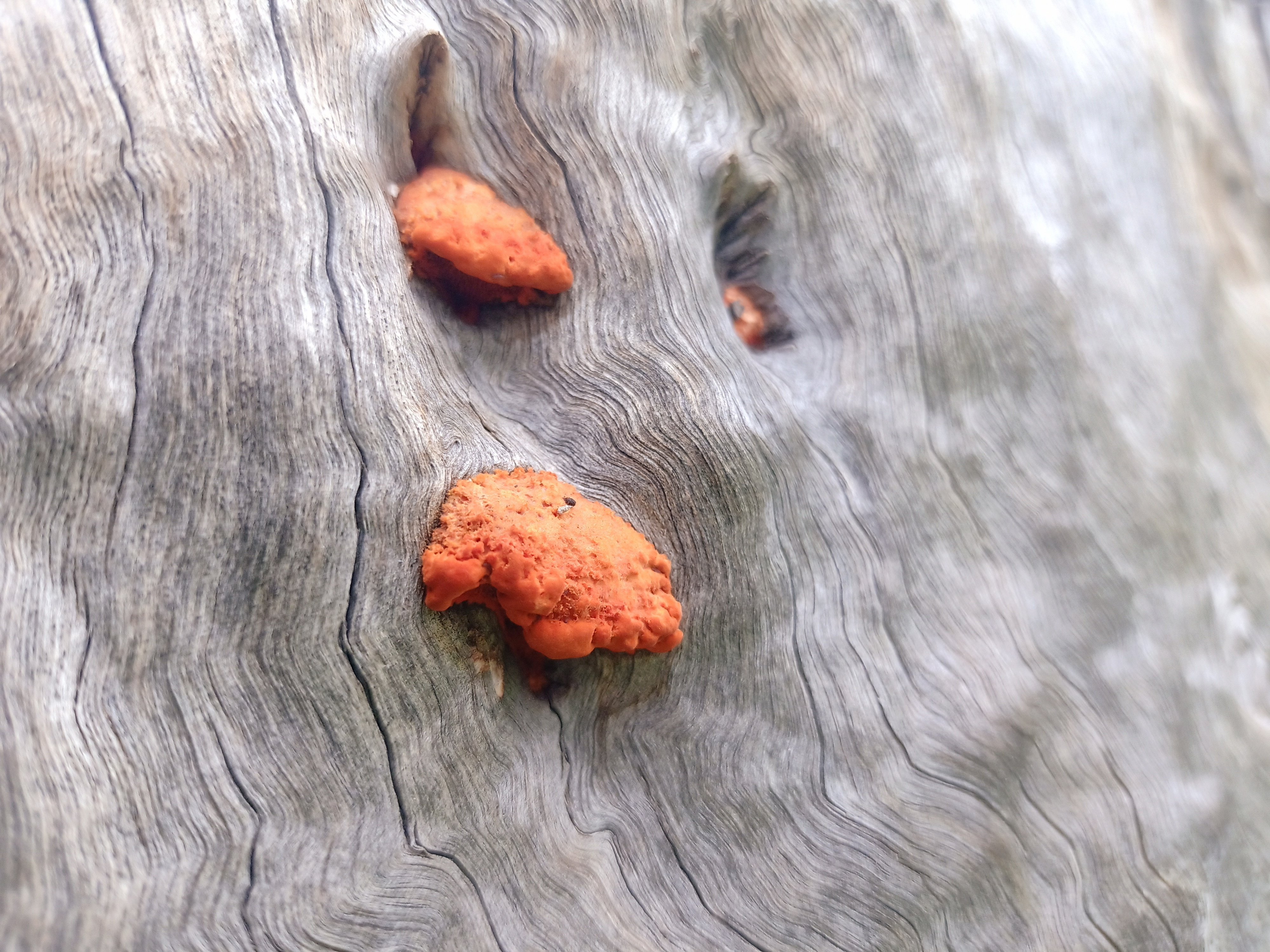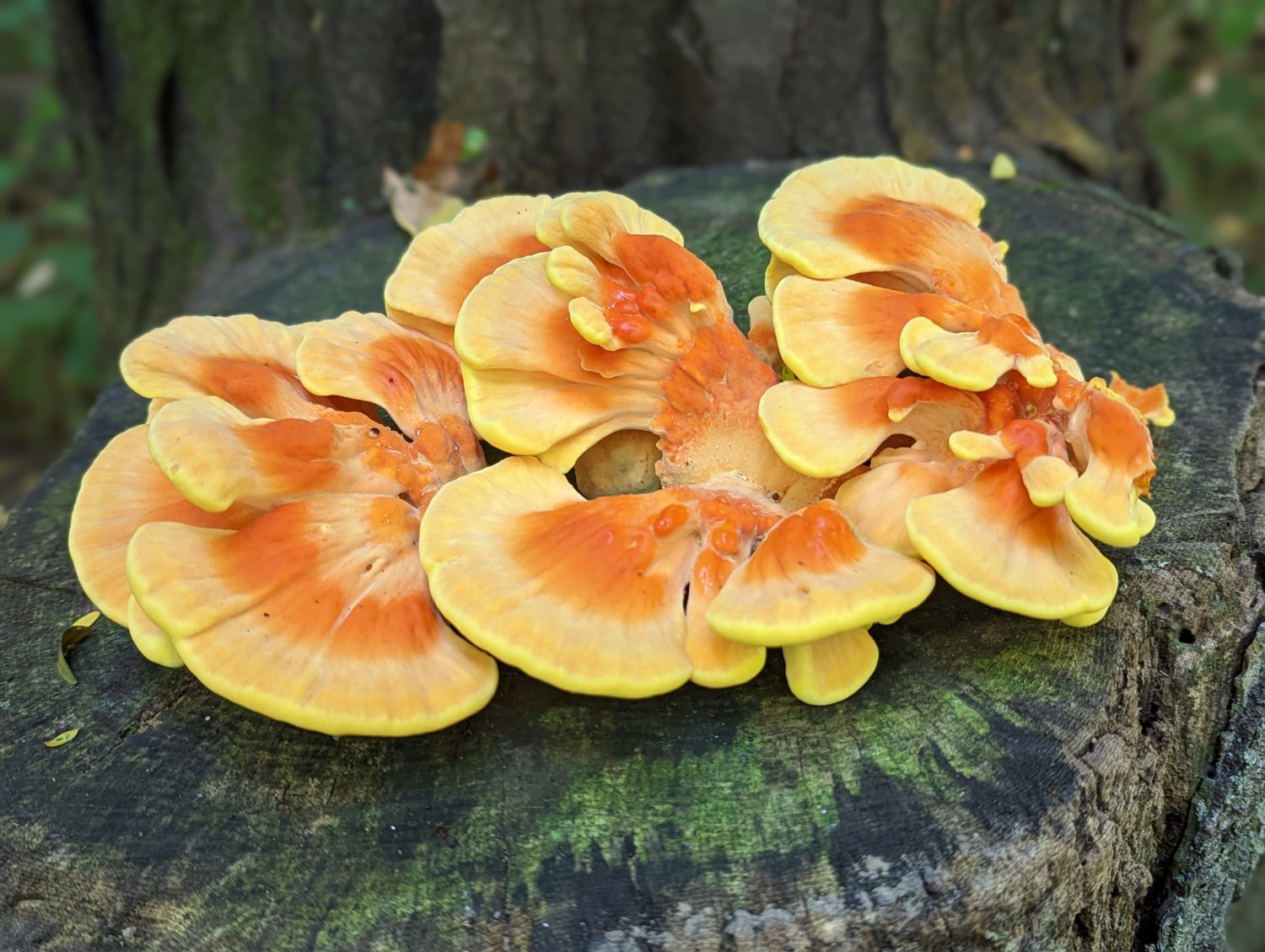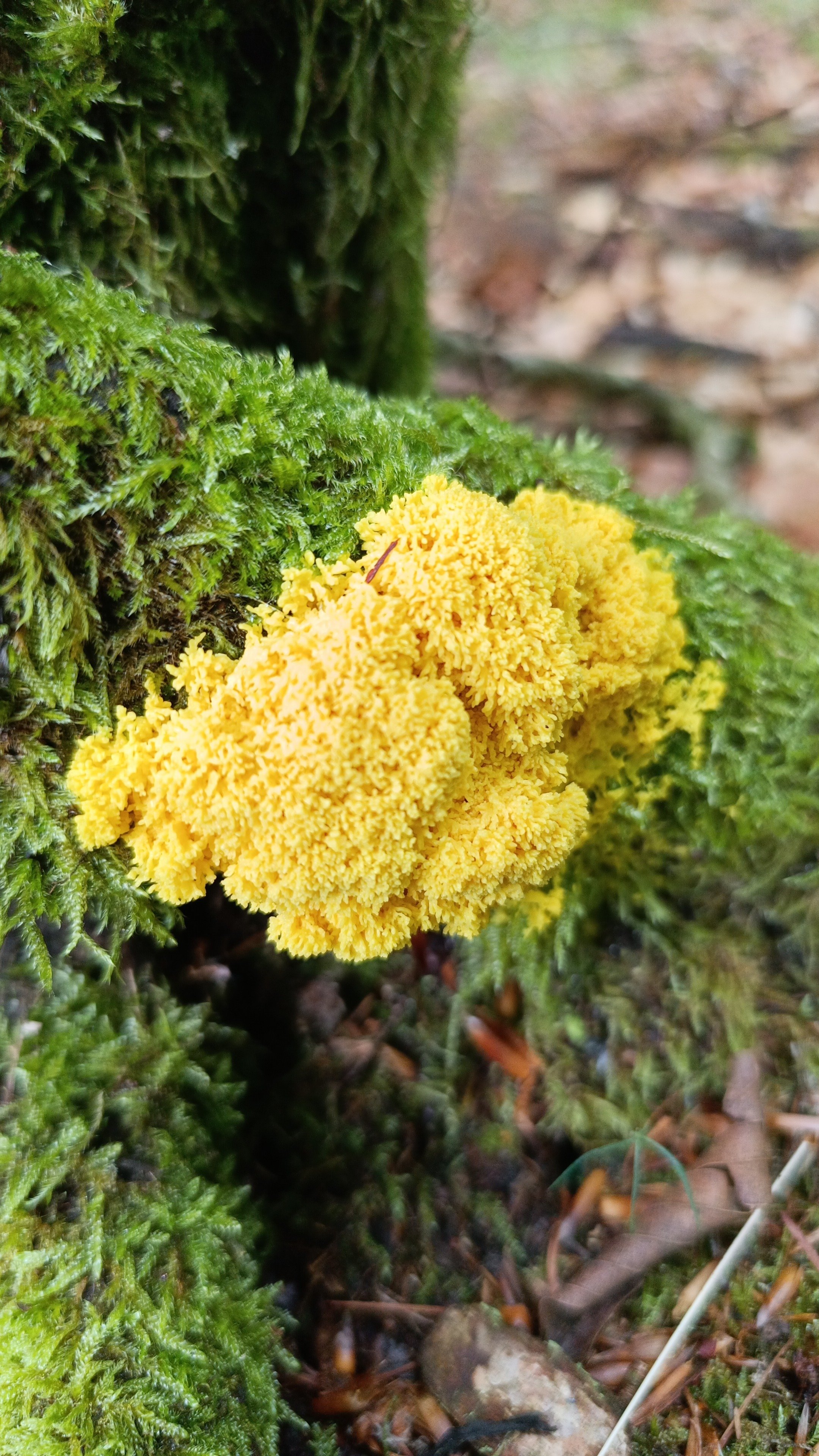Mycology
3982 readers
138 users here now
founded 3 years ago
MODERATORS
51
52
53
54
55
56
57
58
59
152
Google Serving AI-Generated Images of Mushrooms Could Have 'Devastating Consequences'
(www.404media.co)
60
61
12
To save endangered trees, researchers in South America recruit an army of fungi
(news.mongabay.com)
62
63
64
65
66
67
68
69
70
71
72
73
74
75

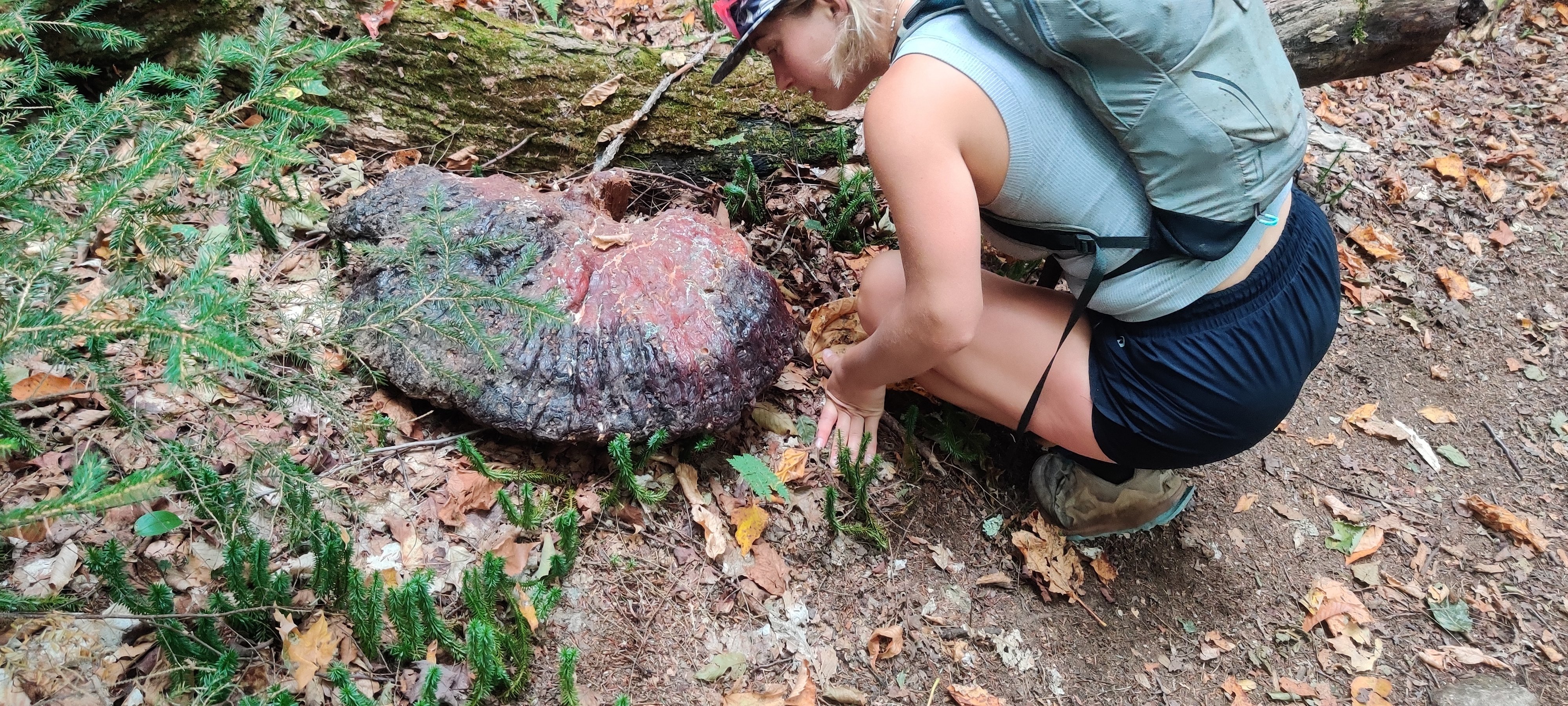
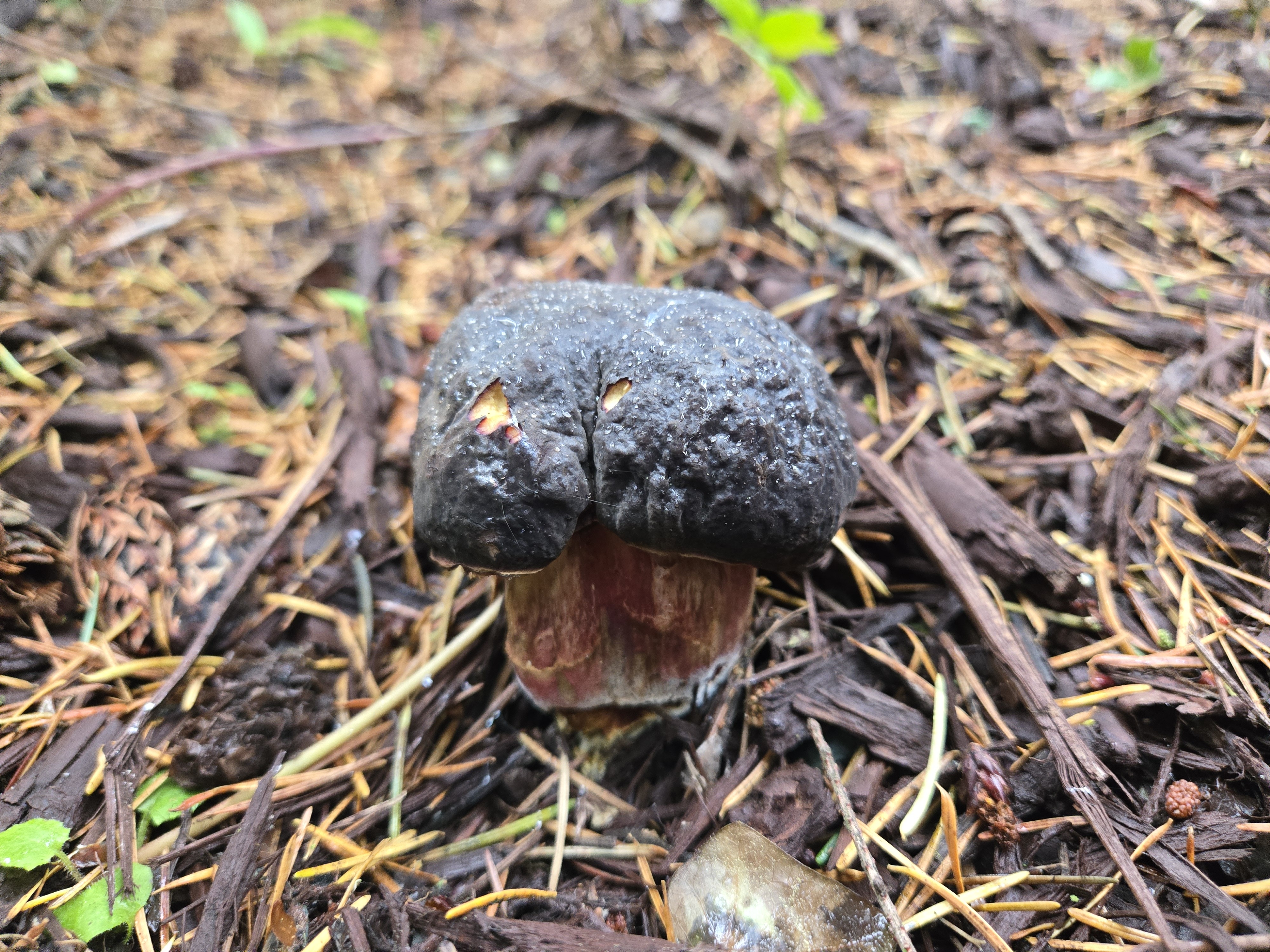
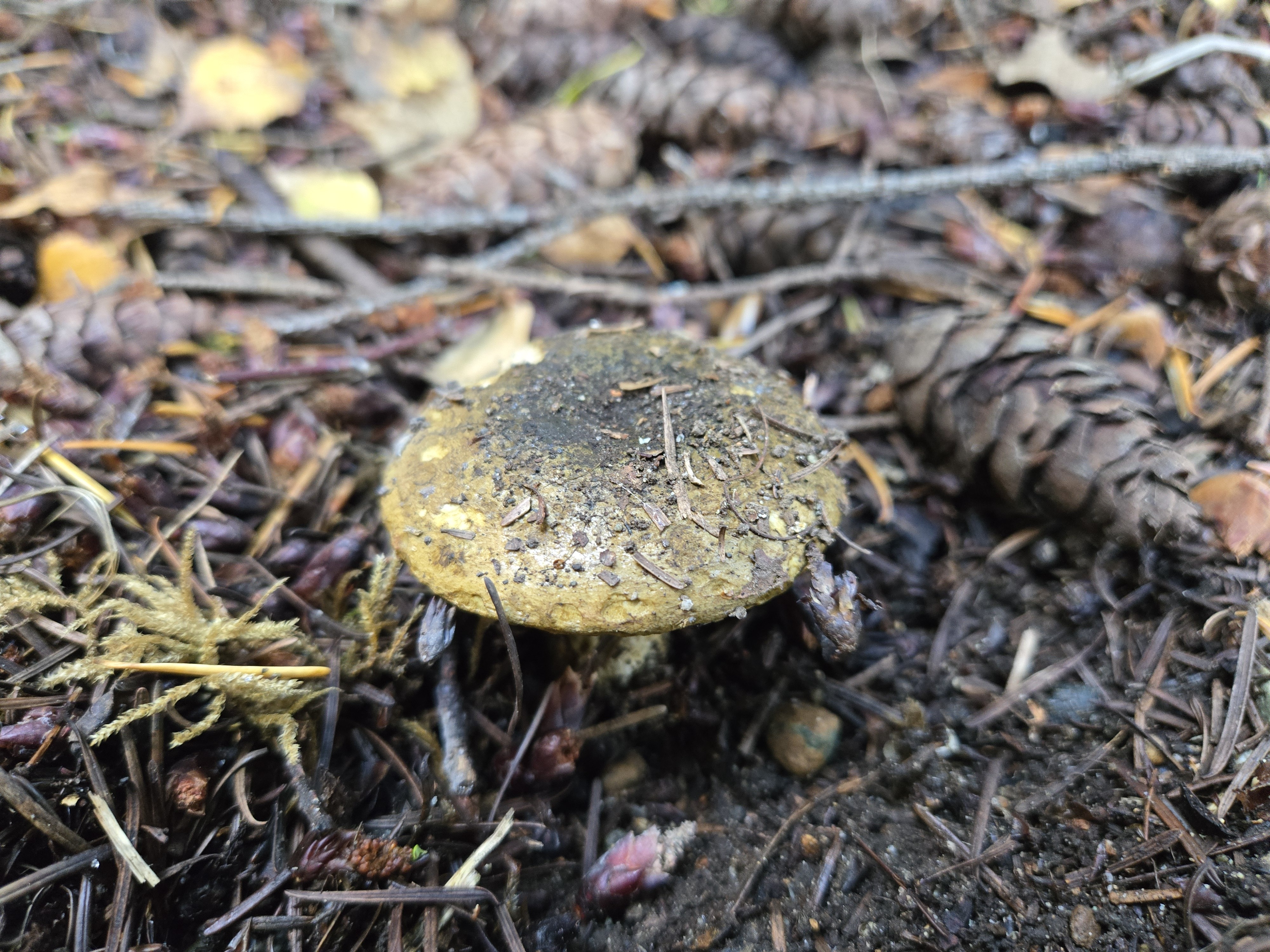
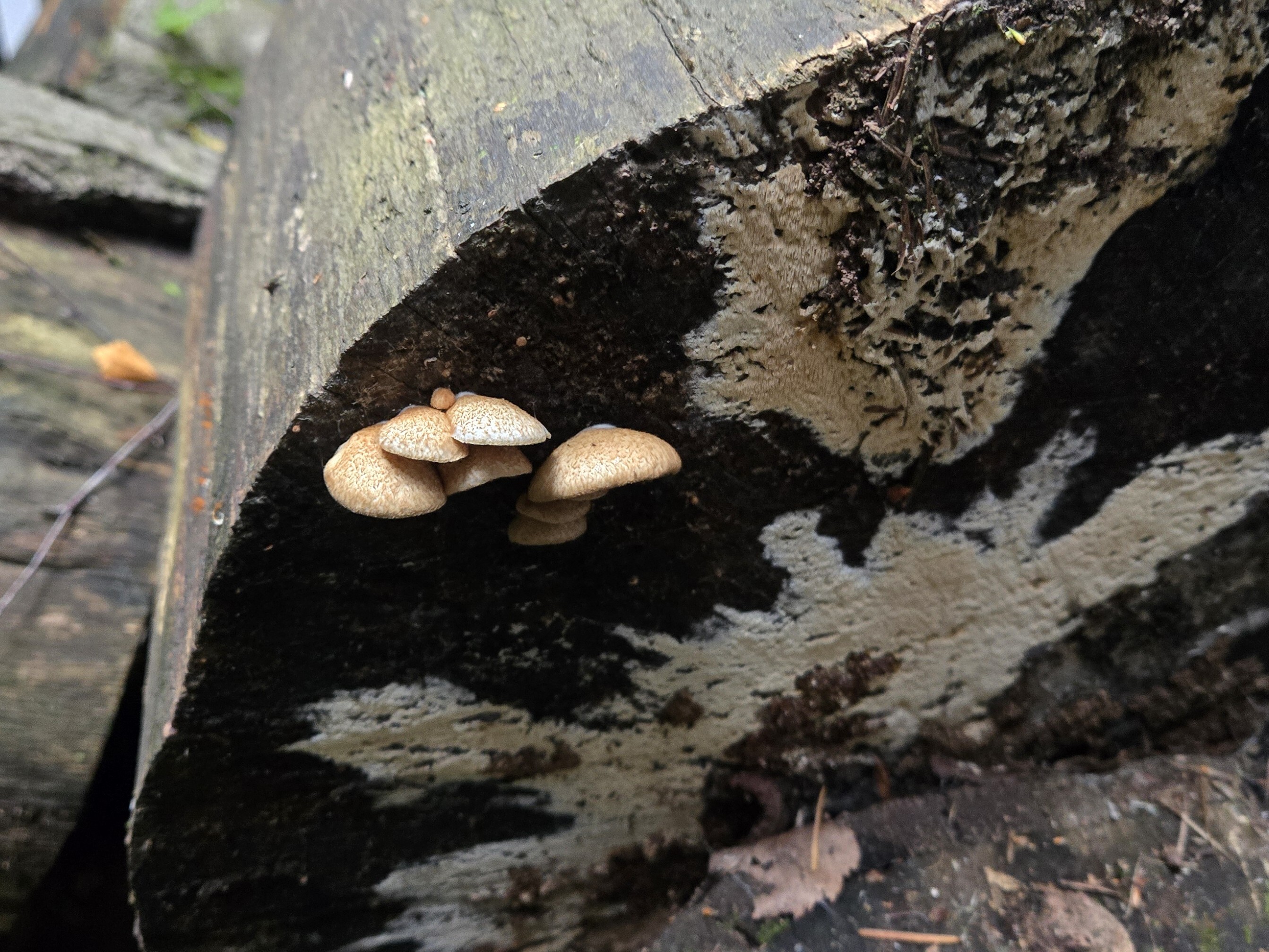
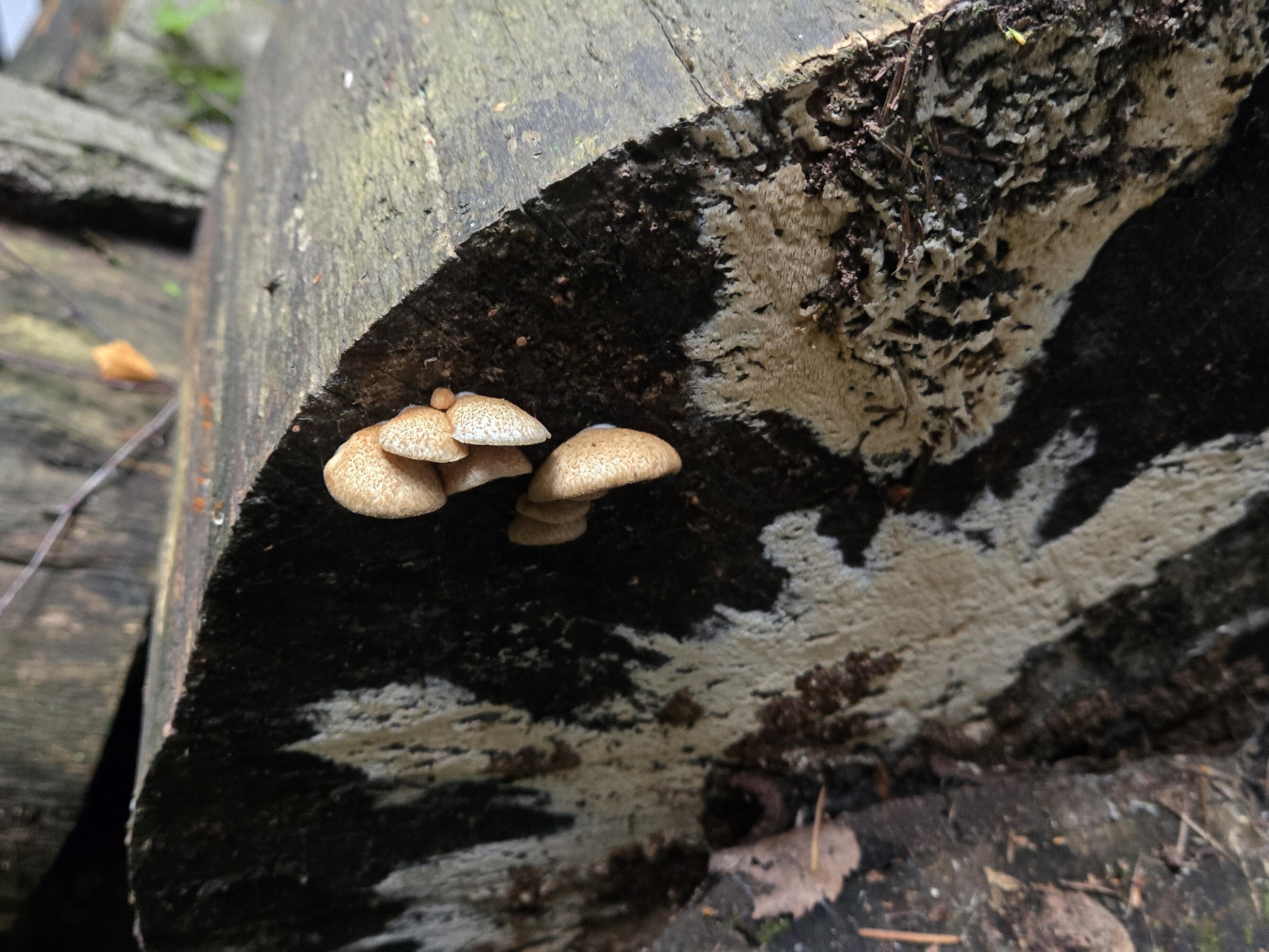
 We also found some Tricholoma equestre
We also found some Tricholoma equestre  and a bunch of Russula
and a bunch of Russula 



